“Decouple” the Value Chain to Drive Digital Disruption
Leapfrogging
MARCH 20, 2019
Digital disruption isn’t just about the internet or mobile technology. I recently had a chance to connect with Harvard Business School professor, Thales Teixeira, whose most recent book, Unlocking the Customer Value Chain , highlights the dynamics of “decoupling” and why it will drive even more disruption than we’ve seen in the world.


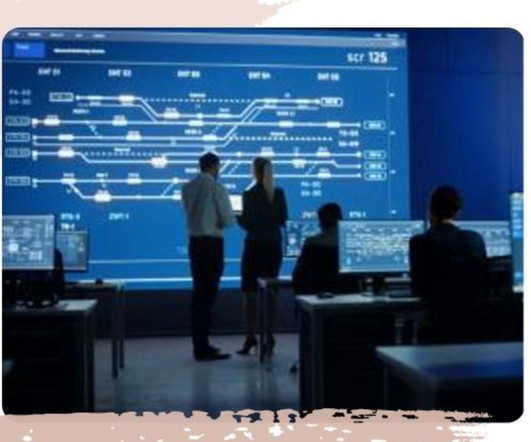


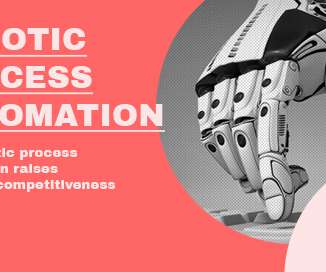
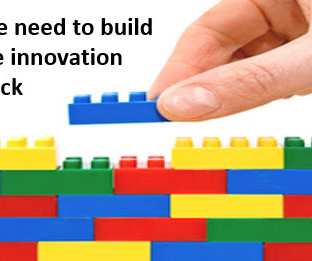
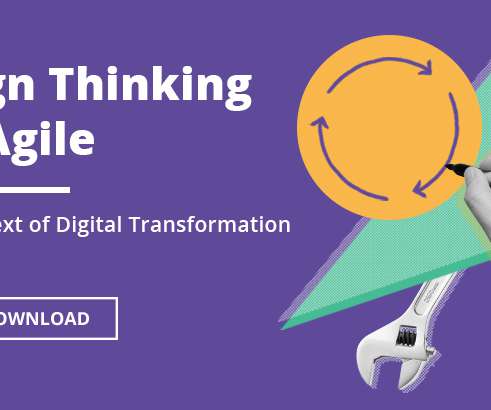


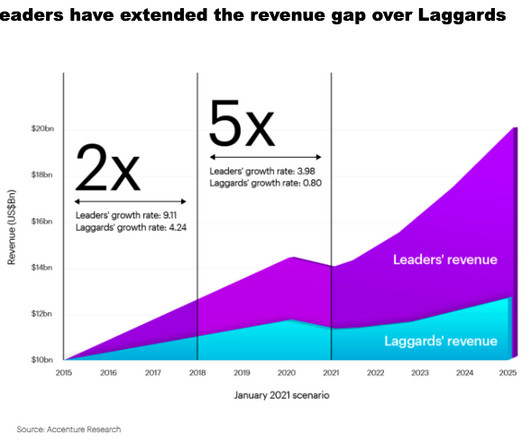
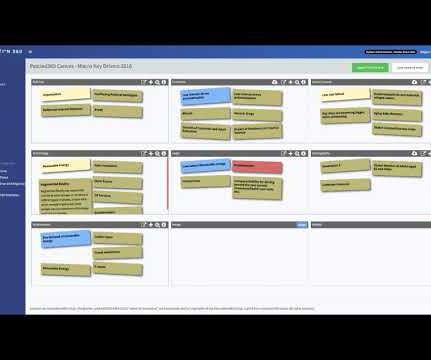


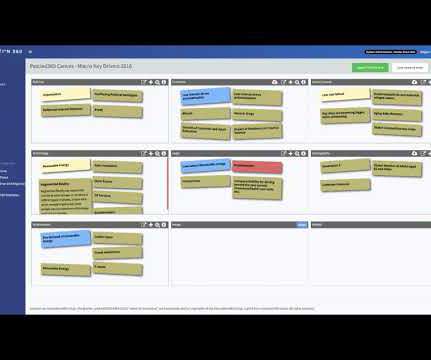
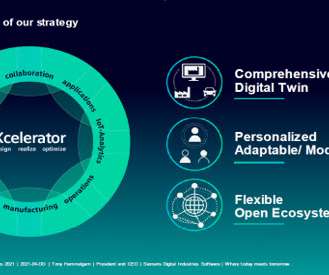
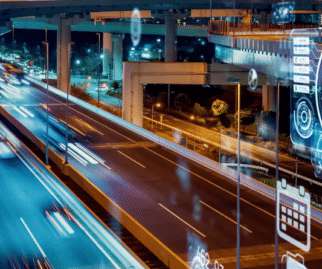
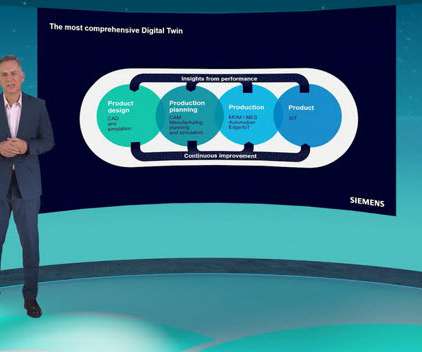
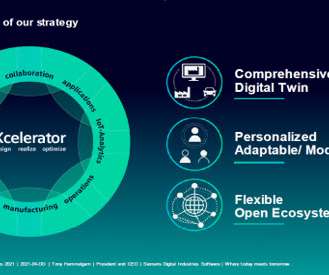

















Let's personalize your content